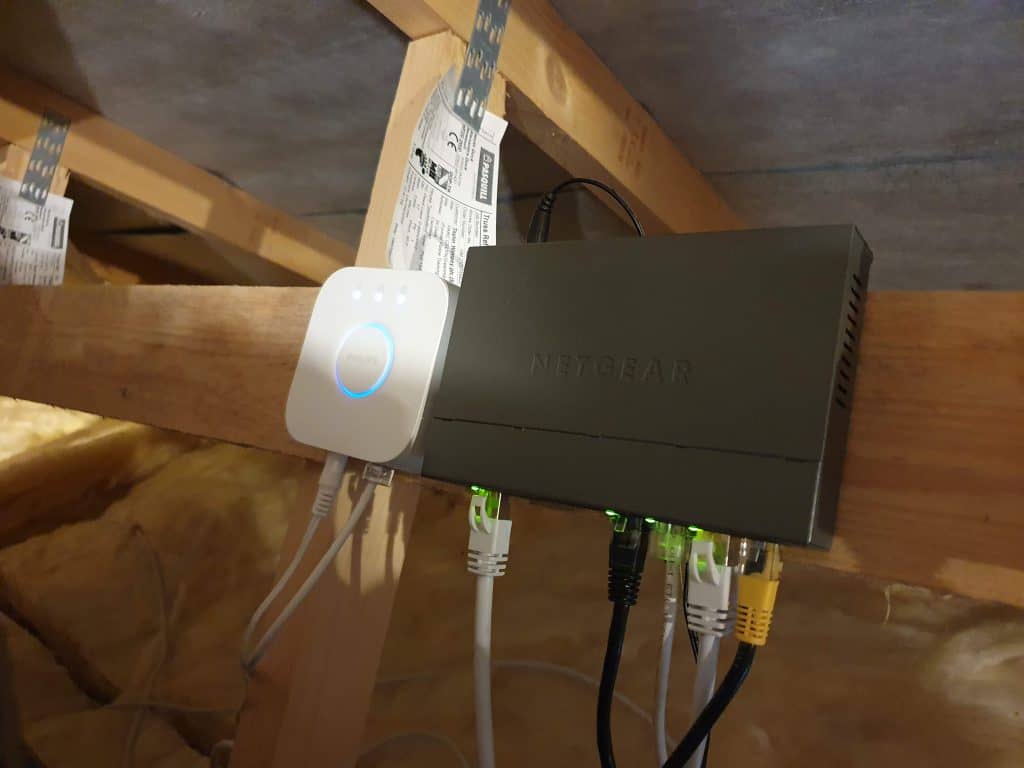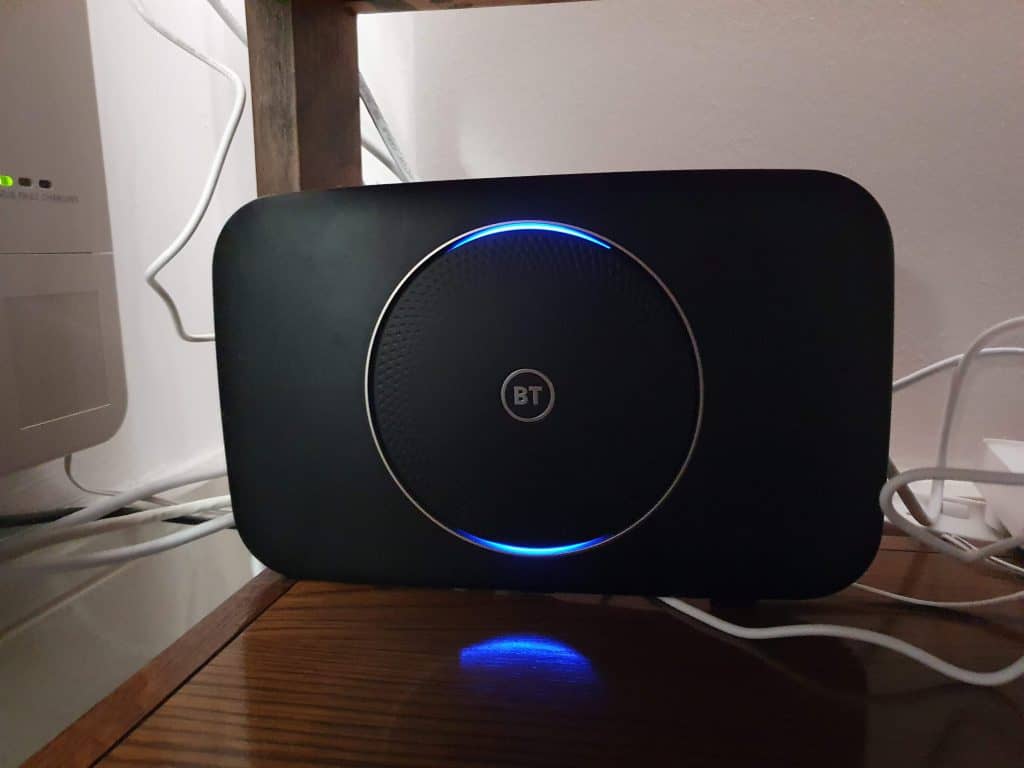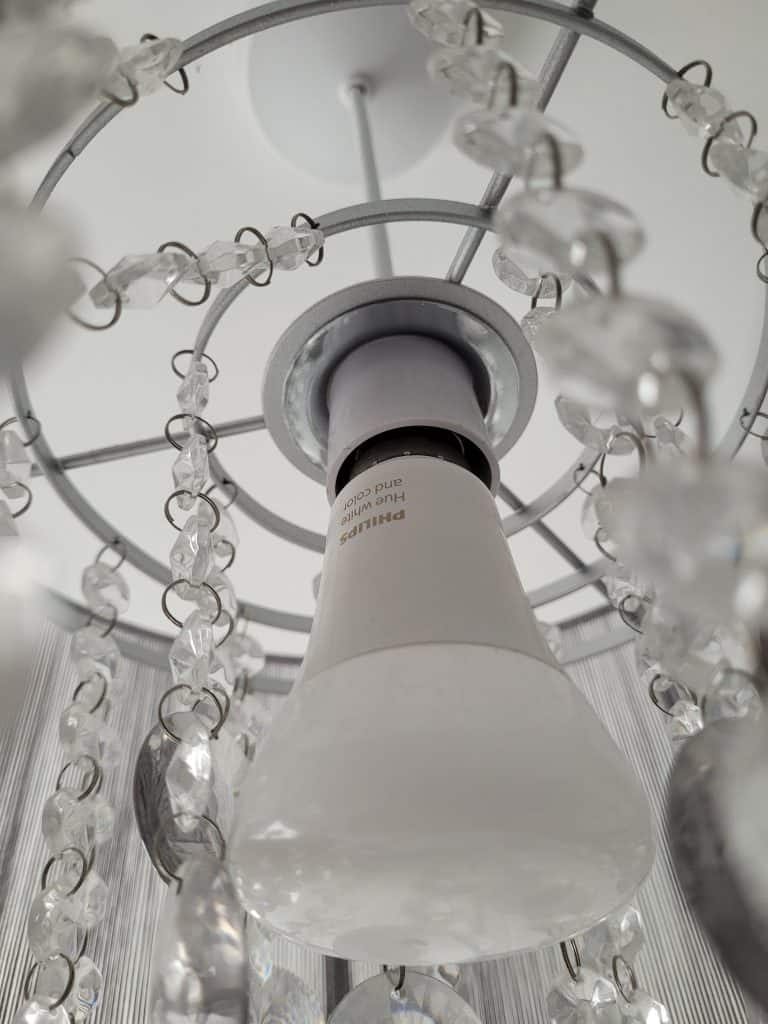It goes without saying that the Philips Hue ecosystem comprises more than just smart light bulbs. Besides the bulbs, it consists of many other Hue devices and accessories such as the Hue bridge/hub, light strips, smart light switch, and smart button all of which serve different purposes. For many, this smart lighting ecosystem for smart homes can be quite confusing especially when it comes to how to connect it so that it functions.
Can you connect the Hue Bridge wirelessly (over WiFi)? Does the Hue Bridge have to be plugged directly into the router? To find answers to these and other related questions, please go through the Philips Hue FAQs below:
Philips Hue FAQs
1. Can you connect the Hue Bridge wirelessly (over WiFi)?

One of the things that make the Hue ecosystem confusing to set up is the point where you want to connect the bridge or hub device to it. You see, the Hue bridge’s/hub’s installation instructions vaguely talk about connecting the device to your “WiFi router.” It doesn’t say how; whether via the ethernet port or Wi-Fi.
Yet there’s no way to enter a WiFi password to have the hub connect to the internet router wirelessly. As a result, you should look to plug the Hue Bridge into your home network, via an ethernet cable.
2. Does the Hue Bridge have to be plugged directly into the router?
The short answer is NO. Even though the manufacturer’s installation instructions say to plug the bridge directly into your WiFi Router, this isn’t a must. The manufacturer just says it to make the installation process easy for you. As long as you connect the Bridge to any device within your home network that has an ethernet port, it should work perfectly well.
Don’t forget that Hue smart bulbs depend on the Zigbee communication protocol and they serve as Zigbee repeaters. As such, the more Hue bulbs you have, the greater range and better communication you’ll have within your smart lighting setup due to the presence of a stronger Zigbee network mesh.
3. How do I set up my Philips Hue Bridge without access to the router?

Unfortunately, you need to connect your Hue Bridge/Hub device to the internet for the initial setup. If you don’t have a Wi-Fi router or any other means to connect the device to the internet via its ethernet port, you’ll not be able to perform the process.
However, that doesn’t mean you’ll need to acquire an internet router. If you have mobile data, you can turn it into a Wi-Fi hotspot. Then you can connect your PC to it and share the internet with the Bridge device through your PC’s ethernet port. Thereafter, you can set it up without a Wi-Fi router.
4. Do I have to leave the Hub Bridge connected to the network all the time?
It seems like the Hub Bridge doesn’t have to remain connected to a home network all the time. Even the manufacturer’s support pages don’t mention this explicitly. After all, the device depends only on Zigbee, which is a non-internet-based communication protocol.
To control your smart bulbs, there are many Hue accessories you can opt for rather than the Hue app that requires internet access. For example, you can alternatively use accessories such as the Hue Smart Button, Switch, and Remote.
5. Should I buy the Bluetooth Philips Hue bulbs or the standard ones?

The short answer is: whatever’s cheapest! The Bluetooth Philips Hue bulbs can be controlled via Bluetooth (or ZigBee) just as their name suggests. On the contrary, their standard counterparts run on ZigBee only
Now, ZigBee has a huge advantage over Bluetooth. To be precise, it supports more devices (up to 50 bulbs) than Bluetooth (up to 10 bulbs) at any one time. Plus, the more devices added to it, the greater the range, signal, and performance you have.
So, you’ll find that the ZigBee choice suits both small and large smart homes that require up to 10 and 50 Hue bulbs, respectively. The Bluetooth one, on the other hand, remains perfect only for small smart homes that need no more than 10 Philips Hue smart bulbs.
However it’s worth noting that the newer Bluetooth-supporting bulbs also support ZigBee, meaning you could purchase them to try out Philips Hue, and then upgrade to the ZigBee support (by adding a Hue Bridge to your system) if you really like Hue.
6. How should you name your Hue bulbs compared to the rooms (in the Hue app)?
The Hue app allows you to rename your bulbs and rooms. Thereafter, you can add the renamed bulbs to the renamed rooms and keep your devices organized within your smart home setup.
However, you’ll find that if you name the bulbs and rooms the same(or almost), the Alexa software will get confused when you ask it to turn the lights on/off.
For instance, if you name a room as “Living Room” and then a bulb as “Living Room bulb,” the software may reply as follows: “You have multiple devices with that name, which one did you mean?”
To avoid that confusion each time you want Alexa to operate your devices, be sure to name your bulbs randomly or give them a nonsensical name. For example, you could call your living room bulb “The Main Room Bulb” and your living room “Living Room.” This way, the software won’t get confused regarding the device you want it to operate.
7. Can you set up Philips Hue with Amazon’s latest Echo devices (and no Bridge)?
The short answer is YES. After all, the latest Echo Show, Echo Plus (and similar) devices come with an in-built ZigBee hub that lets you control all compatible Hue devices including smart bulbs. As such, you can turn lights on/off, change the brightness and some color options of lights, as well as automate things using the Alexa app.
8. Can you use Google Home instead of Amazon’s Echo (to control Hue bulbs)?
Unfortunately not. Google Home and Amazon Echo Plus devices don’t have an in-built Zigbee chip. This means that you cannot use Google Home instead of Echo Plus. But you can control your lights using Google Home as long as you are equipped with the Hue Bridge.
Final Thoughts
The Philips Hue smart home ecosystem consists of an extensive range of smart devices each of which performs a specific function. From smart bulbs as well as the Smart Button and Switch devices to the Bridge/Hub device, these devices enable Philips Hue users to benefit from many smart home functionalities.
For instance, they can verbally command their lights to turn on/off, see fully what’s happening inside and outside the house from their devices, and so much more. Unfortunately, some customers find the Hue smart home ecosystem a little bit complicated and confusing to operate. If you are one of them, going through the FAQs and answers above should help improve your experience.